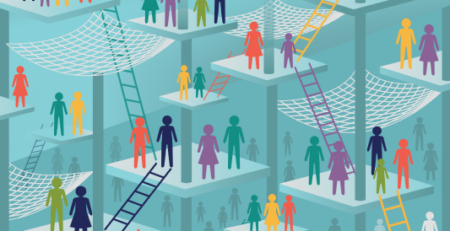Inequalities of Aging: Paradoxes of Independence in American Home Care (Anthropologies of American Medicine: Culture, Power, and Practice)
By Elana D. Buch
The troubling dynamic of the American home care industry where increased independence for the elderly conflicts with the well being of caregivers
Paid home care is one of the fastest growing occupations in the United States, and millions of Americans rely on these workers to help them remain at home as they grow older. However, the industry is rife with contradictions. The United States spends a fortune on medical care, yet devotes comparatively few resources on improving wages, thus placing home care providers in the ranks of the working poor. As a result, the work that enables some older Americans to live independently generates profound social inequalities.
Inequalities of Aging explores the ways in which these inequalities play out on the ground as workers, who are disproportionately women of color and immigrants, earn poverty-level wages and often struggle to provide for themselves and their families. The ethnographic narrative reveals how two of the nation’s most pressing concerns—rising social inequality and caring for an aging population—intersect to transform the lives of older adults, home care workers, and the world around them.
Keep reading HERE!










